
Style that’s always evolving

We’ve already covered classic interiors in our traditional style guide, so let’s take a look at the other end of the spectrum: contemporary.
Though it’s often mistaken for minimalism or modernism, contemporary interior design does have its own distinct style which you can use to create everything from super high-concept looks to casual, everyday interiors.
This versatile and adaptable style paints with a broad palette to create individualised interiors bursting with charisma.
So without further ado, let’s dive right in…
What is contemporary style?
Contemporary interior design is any style based in the here and now. It’s a look that’s constantly in flux, changing and evolving to reflect current trends and tastes.
As of this moment, contemporary interior design is characterised by clean lines and spacing, visual contrasts and a neutral colour palette (take a look at our key style points below). But will this be the case in 20- or 50-years’ time? Maybe, maybe not.
The great thing about contemporary decor is that it’s able to borrow from all of the design eras before it, dropping in nods to historic style with a few tasteful accent pieces. It plays with new and old ideas but always with an emphasis on looking forwards. And it’s this experimentation and flexibility that allows you to create stunning looks that hold a mirror to your personality.

Contemporary vs modern: what’s the difference?
When we want to describe something as up-to-date, the words ‘contemporary’ and ‘modern’ are used fairly interchangeably. But in the world of design, that’s not the case. Modern design, or modernism, refers to a very distinct time period, whereas contemporary design is all about what’s in vogue right now.
Here’s a quick cheat sheet that shows the differences in a nutshell, but if you want the full history lesson, we’ve got that included below.
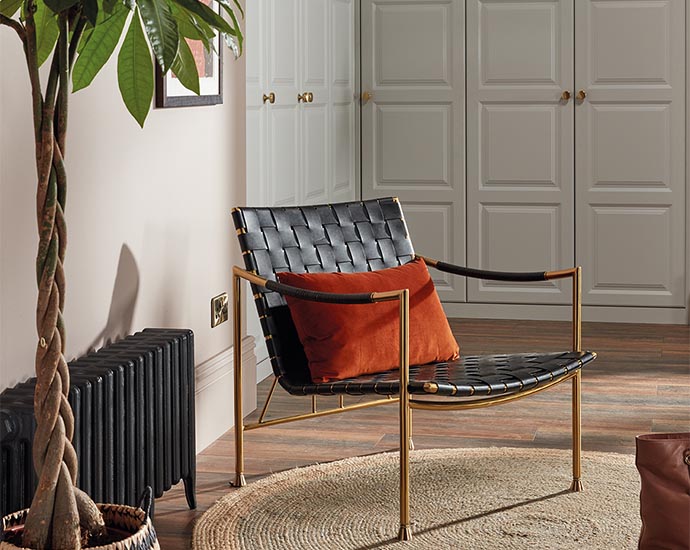
Modernist style
Covers period from late 1800s - 1950s
Furniture has clean lines and angles
Balances form and function in design
Style defined by a specific era
Uses traditional materials
Designed to break from Victorian style

Contemporary style
Covers styles from 1970s to present day
Furniture has curves and softer touches
Emphasis on how space and objects interact
Draws inspiration from all previous eras
Uses a broad range of materials and colours
Constantly changing and evolving
Modernism: 1890 - 1950s
Modernism emerged out of the early 1900s at a time when society was changing rapidly towards industrialisation. Feeling increasingly alienated from Victorian sensibilities, there was an appetite for experimentation and shaking off the formality of old by finding new modes of expression in art.
Modernism was highly influenced by the Bauhaus school in Germany, which had a vision for balancing form and function in design alongside new methods of mass production. Scandinavian design schools also promoted ideas of simplicity, leading to a distinct style of consumer products and furniture that emphasised crisp lines, symmetry and a pared-back aesthetic - a complete turnaround from the ornate style of the Victorian era.
By the time modernism was coming to a close in the 1950s, it had established a classic style that many people are now familiar with: mid-century modern. The character of this retro look is one of unfussy functionality, linearity and rich wood tones.
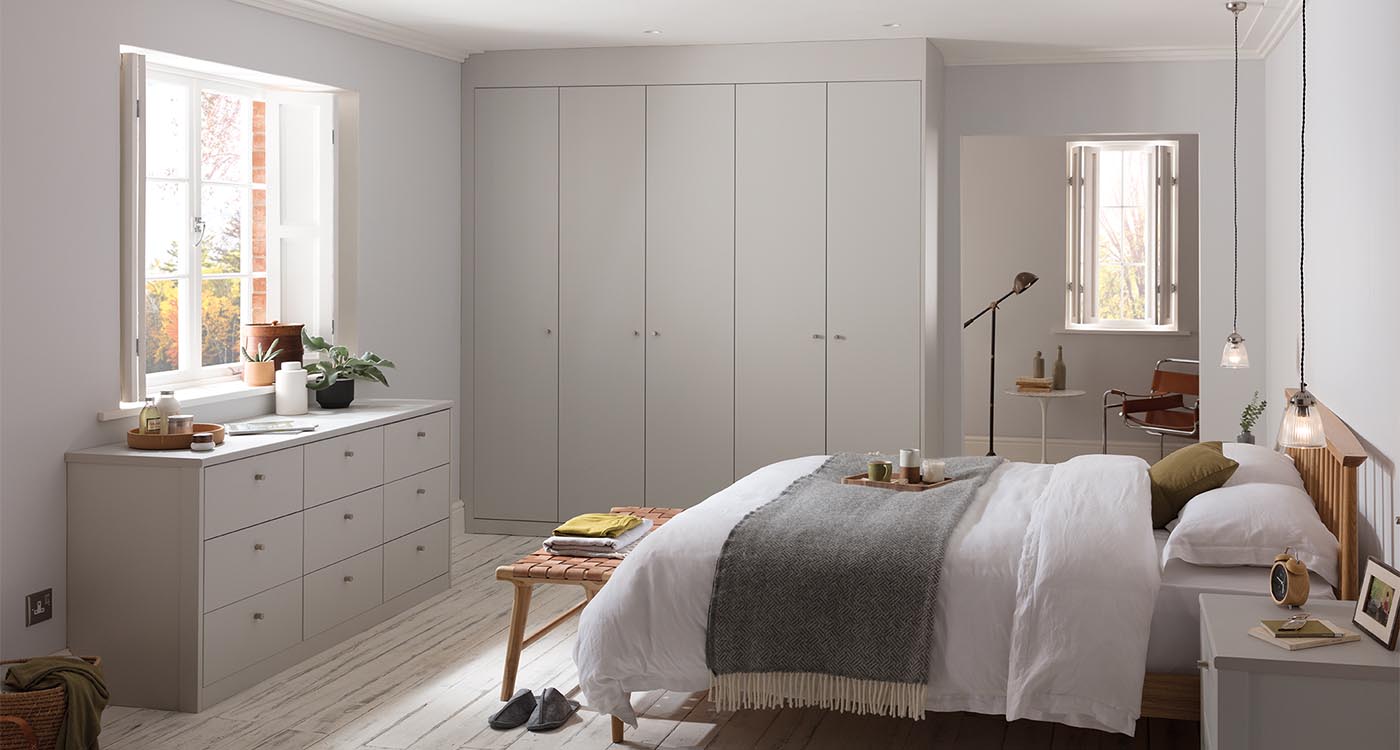
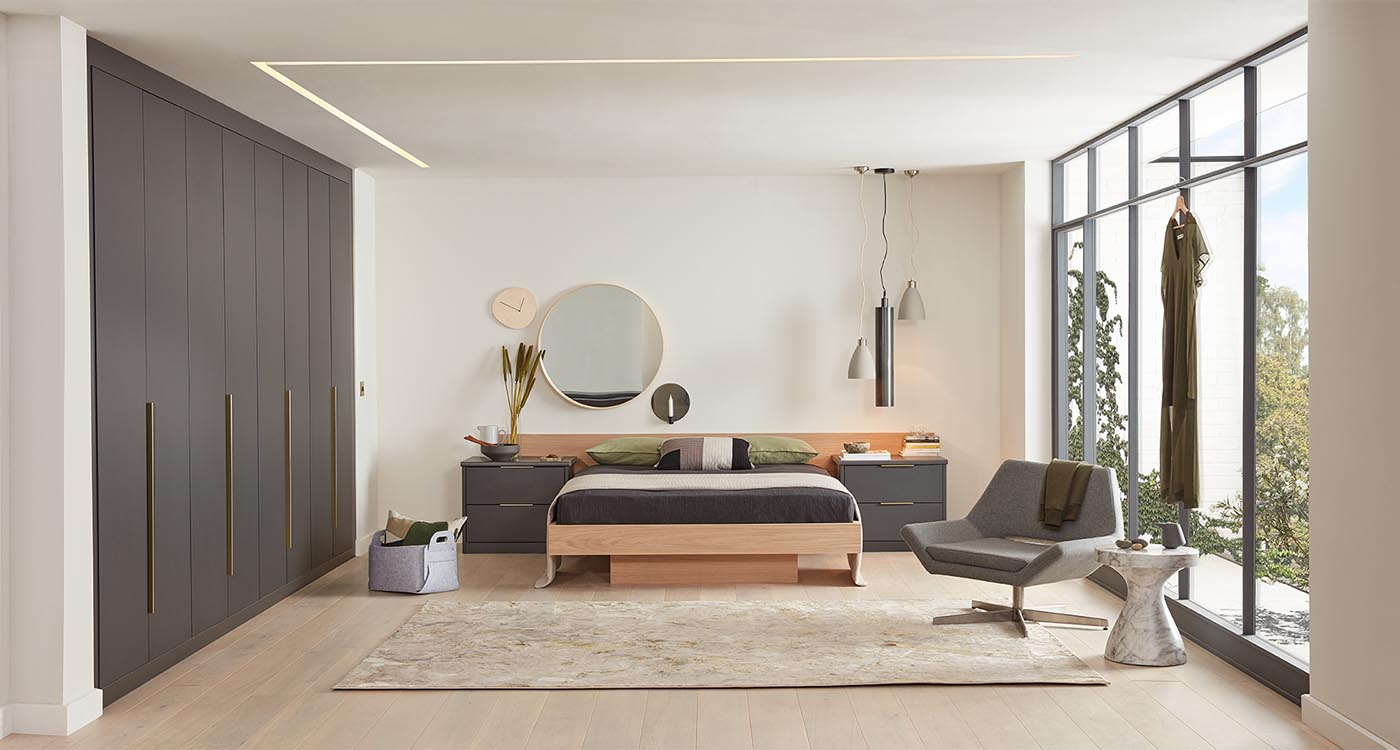



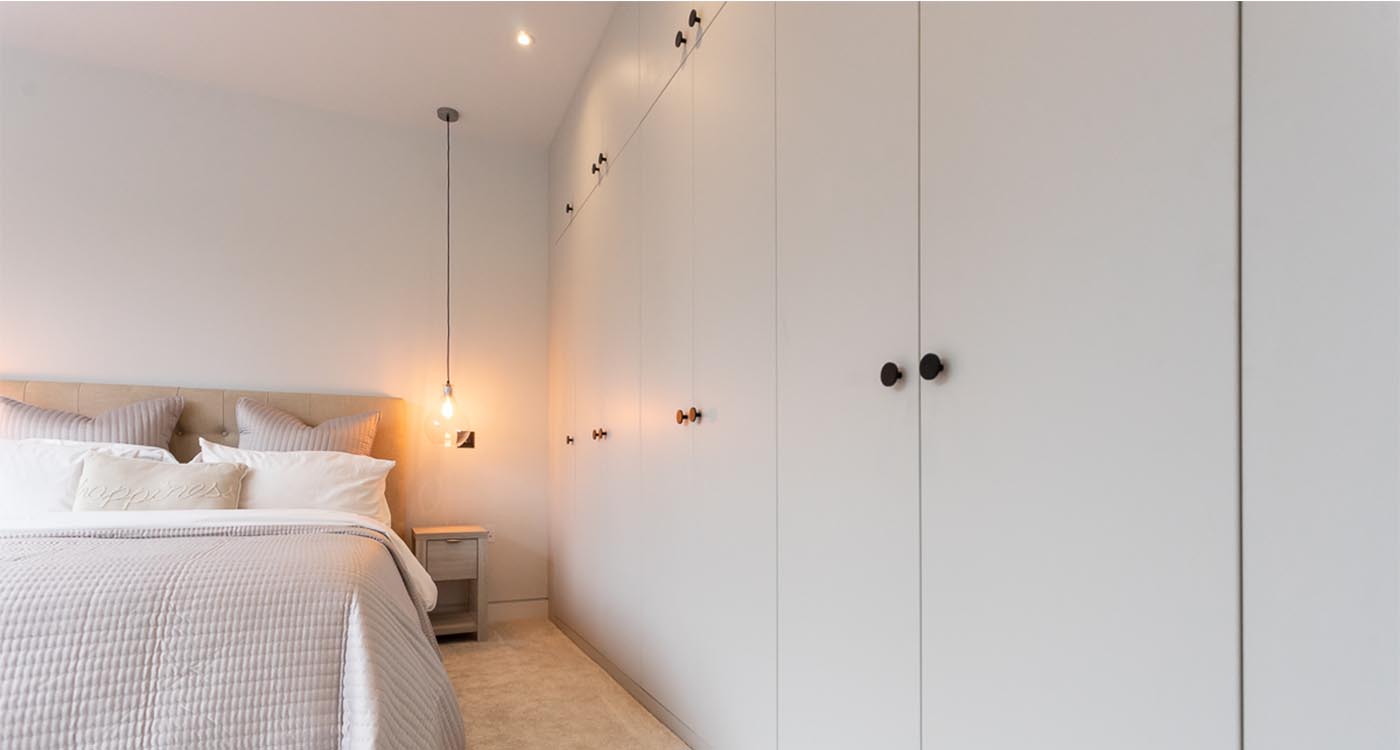
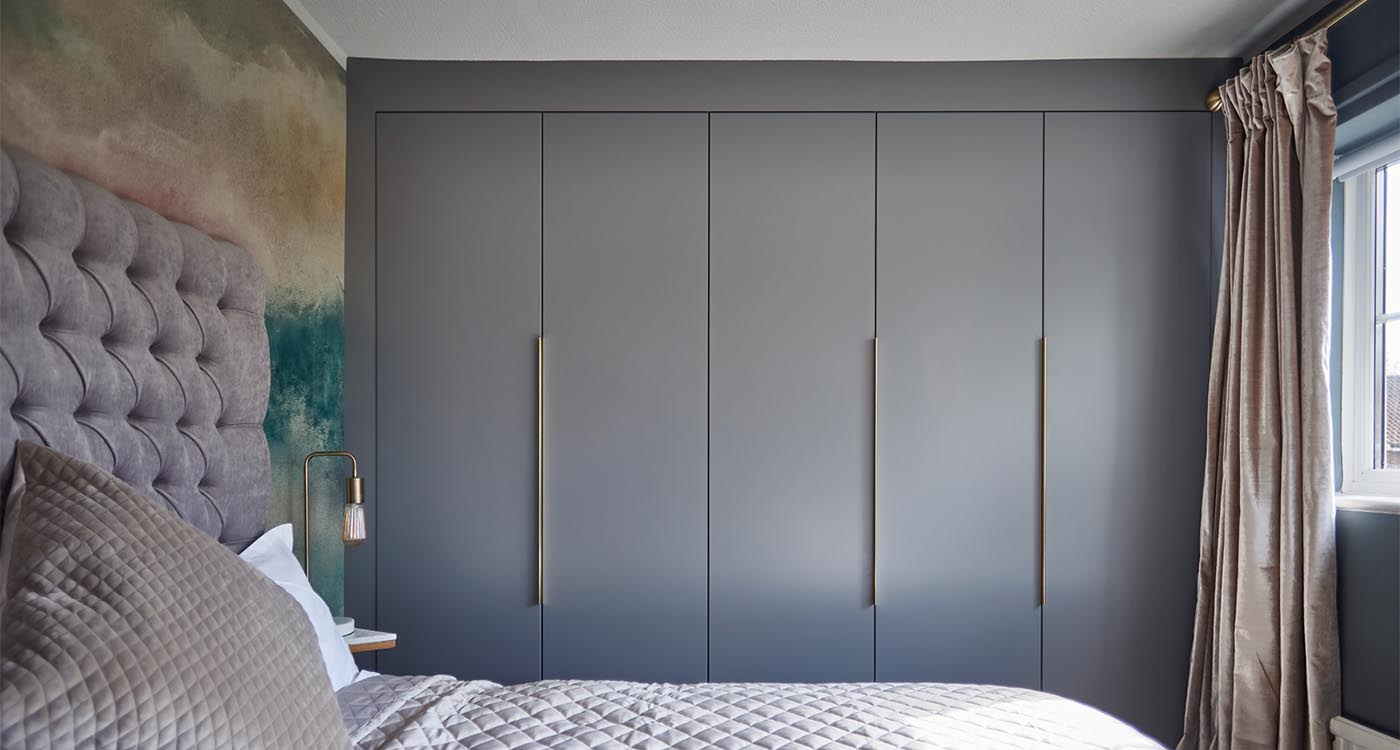








Contemporary style: 1970 - present day
After modernism came to a close, the era of postmodernism followed, and with it we start to see the beginning of contemporary style.
In the 1970s, people were beginning to rethink how they saw their interiors, preferring fluid, open-plan layouts to separate rooms.
And with a surge in new materials and production techniques, it brought an unprecedented level of choice when it comes to decor options.
Though there are plenty of microtrends under the banner of contemporary style, the concept of ‘space’ is central to its spirit, and it’s as much about considering the negative areas around objects as it is the objects themselves.

Key style points of contemporary
Though contemporary design can be hugely varied, our key style points are a fantastic jumping off point if you’re ready to update your interiors with this invigorating look.
Cool neutrals as a base
Light and cool neutrals tend to feature heavily in contemporary design, with white and grey dominating most styles. They reflect a fresh, forward-thinking mindset and also serve to provide a blank canvas that helps statement pieces stand out.
Natural flourishes
Contemporary homes try to have a peaceful, grounding atmosphere, which they achieve through working in natural elements. Slatted feature panels, wooden flooring and plant life are all popular additions to this look.
Pops of colour as accents
Colour is used primarily as an accent to contemporary spaces. Used judiciously, it’s great for creating bold focal points or as a contrast to other design elements. It can be vivid or subdued depending on the look you want.
Clean lines
This is something it has in common with modernist design. Contemporary interiors are all about clean lines within the space. But where modernist layouts focus on creating more rigid, linear silhouettes, contemporary isn’t afraid to bring in curves and sweeping profiles. Just make sure they’re clearly defined.
Open plan layout
Contemporary style is very much focused on people flowing through their homes, of blurring boundaries so that interiors feel less formal and more inviting. While some properties might already have this kind of layout, you can create a similar feel by removing doors or replacing them with glass or sliding doors for a more freeform effect.
Emphasis on space
A sense of space is created with minimal decor or by highlighting architectural elements within the home. Importantly, negative space is used around objects as a framing device, drawing attention to key pieces to give them the breathing room they need.
Less is more
If you search images for contemporary homes on the internet, you’ll likely see designs and think ‘isn’t this minimalism?’ And it’s true that both contemporary and minimalism are both pared-back looks with a lot in common.
The difference is that minimalism always has a peaceful colour palette to create a sense of tranquillity, whereas contemporary will usually work in eye-catching splashes of colour.
How to style a contemporary room
There’s tons of flexibility when it comes to styling a contemporary home so get your creative cap on and really put your own unique twist on your interiors.

1. Choose your colour palette
A neutral backdrop is a classic look for contemporary so go for anything light and crisp.
Ceramic whites, cotton and alabaster tones all work well, or you could dip into greys and stone colours if you prefer.
Monochrome rooms also look superb and give you the full gradation of shades to work with if you’d rather keep things simple.
But, colour isn’t off the menu. Certainly not. There are lots of contemporary homes saturated with vivid tones, either as accent walls or as a primary colour scheme throughout.
Whatever palette you choose, just keep in mind that you’re always aiming for contrast. With a light-coloured backdrop, it’s easier for all your pieces to stand out, but if you’re going for colour, make sure your decor doesn’t get overshadowed in the process.
2. Shiplap panelling
A common theme in contemporary homes is a lack of carpet. Here, hard flooring is king.
Turn your eyes instead to LVT and hardwood floors to bring out the sleek character of your space.
But you don’t want it to look too clinical, either.
Add rugs to bring a homey touch to your design (and keep your toes warm too!) which acts as a fantastic visual anchor point.


3. Experiment with materials
The beauty of a contemporary room is that you’ve got a whole world of materials to choose from to create the look you want, whether it’s acrylic chairs or faux fur rugs.
Play around and see what works for you - it’s a fantastic way to add depth and texture to your finished design.
You can draw lots of inspiration from natural materials as well.
Wood offers a calm, grounding feel to contemporary interiors so it’s well worth adding to make sure your space doesn’t take on a sterile, artificial atmosphere.
Slatted feature panels are a room feature that’s becoming especially popular, as it looks chic and also brings in a serene presence. If you’re interested in adding them to your fitted furniture design to revamp your bookcases or media unit, we offer them in Natural Oak and Espresso Walnut to create sophisticated, texture-rich looks.
4. Bring in furniture with definition
Similar to modernist design, the furniture in your contemporary layout should sport clean lines and have a crisp profile.
That doesn’t mean turning your back on curves, though. You can bring in dramatic oval coffee tables or large organic art pieces if you want. Just make sure that it stands out and doesn’t get lost in your design.
Your furniture should be a striking centrepiece - the heart of your room - so if it’s not quite leaping out, think about increasing the space around it.


5. Declutter to emphasise space
While some design schemes aren’t averse to a few homey knick-knacks floating around, this isn’t the case for contemporary.
If an object doesn’t have relevance within your layout, it shouldn’t be on show.
Before you say it - we know what you’re thinking. Minimalist style is not hugely practical for most households, especially with young children, but this is where good storage saves the day.
Investing in fitted furniture and other clever storage solutions will help you keep the clutter at bay and give you a place for all your day-to-day essentials.
6. Take care of your comfort
Putting your comfort first is super important for your design. Bring in big, comfy sofas and plenty of scatter cushions that you can sink into at the end of a long day.
Nobody is expecting your living room to be a cold, avant-garde art installation! Contemporary style is very much about functional, everyday living and improving the in-home experience.
A sofa with distinct visuals will help elevate your design, with large L-shaped seating a popular choice for more spacious rooms.
And for your fabrics, earth tones like dark greys, greens or blues are fantastic go-to options.


7. Take inspiration from a range of eras
Contemporary style is completely at home with blending in vintage touches, or even antiques if you like how they complement the rest of your design.
So if you see the perfect 50s console table or an art deco lamp, go for it.
A choice piece of retro furniture can make a stunning accent to your interior and help it avoid that home catalogue look that comes from having too many off the shelf items.
Want to make even more of a statement? Look for old art prints with bright colours to make your design pop.
8. Add in bold accent pieces
Let ‘quality over quantity’ be your mantra. Be selective with accent pieces and make sure that they have plenty of room presence to give your design a distinctive look.
It could be a dramatic floor lamp, a statement armchair, built-in shelving or an oversize chandelier…the options are endless. But whatever you choose, make sure you’re not overcrowding it with other objects.
We’re not going for the visual thrill ride of eclectic or maximalist design - less is most definitely more.


9. Maximise natural light
Natural light is everything in a contemporary home. Ideally, your room would already have large windows to capitalise on all the sunshine, but this might not be the case in older properties.
If you need a bit more assistance maximising your solar gains, you can increase the amount of natural light by adding in lightweight window treatments that allow the sun to stream in.
Or you can also bring in large mirrors to reflect light around the room more effectively.
10. Be individual
Ask a hundred people to create a contemporary home and you’ll see a hundred different designs.
Ultimately, this style is all about expressing yourself. That could take the form of a zen-style interior or something playful and confident.
This is as open-ended a brief as you can get, so take your time and edit every so often to fine-tune your look. As long as you take into account the points above, you can work in quirky and unique pieces into your design to give it your own personal touch.

Dive into contemporary style
With a million ways to interpret contemporary style, there’s plenty here to get your creative mind in gear. And if you need the perfect fitted furniture to complement your space, you’ll discover plenty of inspiration with Sharps.
Explore our superb range of contemporary fitted furniture, ready to revamp anywhere from your home office to your bedroom. Explore our website for more fantastic ideas or book a Free Design Visit today to see how we can help transform your space.








